Adolescence Education
Bachelor of Arts or Bachelor of Science
Prepare to be an educator, role model, mentor, coach, and advocate as a middle or high school teacher.
To teach the challenging and rewarding population of 7th- through 12th-graders, you'll learn about the characteristics of adolescent learners and develop the skills and methods needed to reach learners with differing strengths and needs. Nazareth secondary education faculty work closely with Nazareth content-area faculty so you can bring your knowledge and passion for your subject into your work with middle school and high school learners.
You'll graduate with the comprehensive knowledge to teach your content major in grades 7 through 12, as well as students with disabilities in pre-kindergarten through 12th grade. Nazareth's extensive partnerships enable you to gain fieldwork experience that goes well beyond New York State fieldwork requirements.
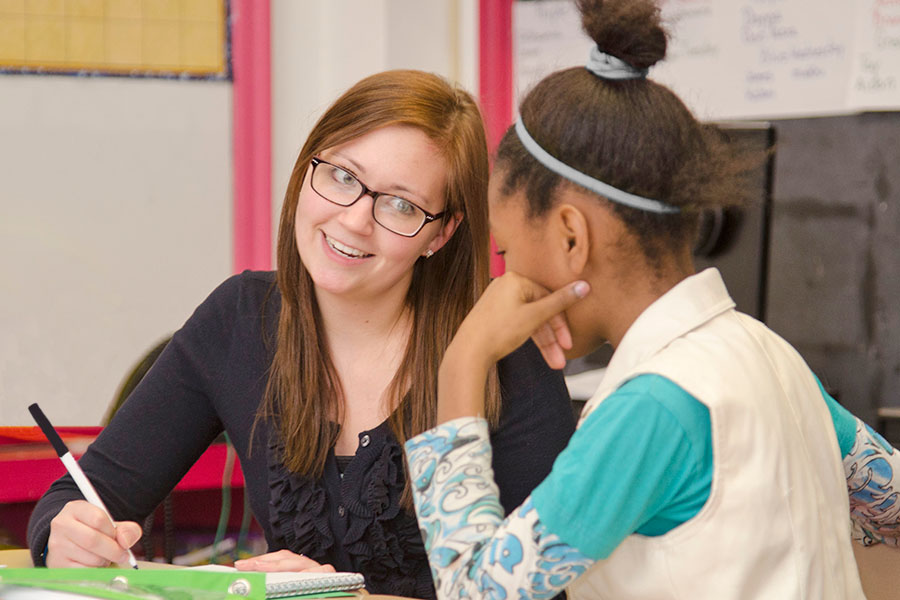
Highlights
Learn teaching methods from content-major, state-certified professors with public school teaching experience
4+1 option = bachelor's and master's in five years
Dual certification + superb career services support = high placement rate
Increase your marketability and preparation with certification in Teaching Students with Disabilities preK-12th grade
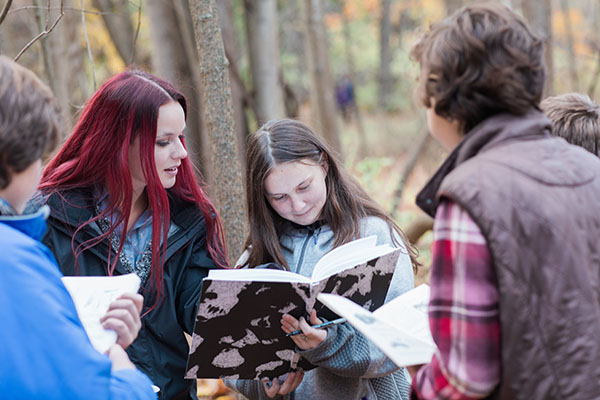

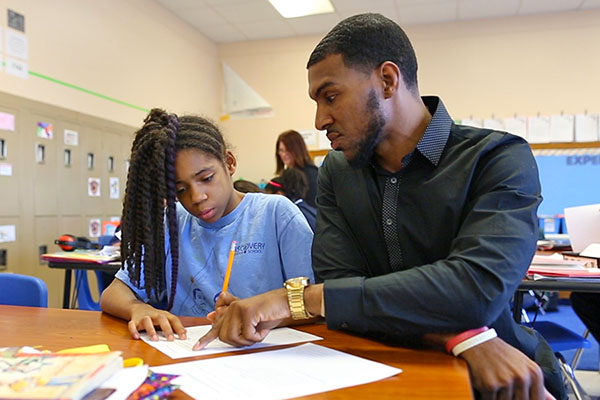
Career Paths
- Middle school teacher
- High school teacher
- Special education teacher
- Community college instructor
- College or high school athletic team coach
- Museum educator
Field Experiences
- Rochester City School District
- Young Women's College Preparatory Academy
- Norman Howard School
- Fairport Schools
- Spencerport Schools
- Leeds, England
- Aquinas Institute
Employers
- Webster Thomas High School
- Jefferson Community College
- St. Johnsbury Academy, Vt.
- Siena Catholic Academy
Graduate School
After graduation, continue your professional advancement at Nazareth and earn a master's degree: M.S. Inclusive Adolescence Education (grade 7–12)
99%
of new Nazareth grads are employed or in grad school within six months of graduation
Get Hired
We often receive requests from districts for Nazareth alumni. Teaching is a high-demand field, and typically our graduates enter the profession while completing their graduate work or choose to complete their graduate degrees before teaching.
$4,000
Our SPARK Grant provides up to $4,000 for you to pursue internships, research, and study abroad. SPARK details »
Scholarships and Grants
- Want to teach math or science in a high-need school? See: Nazareth's Noyce STEM Teacher Scholarship
- New York state residents from groups historically underrepresented in the teaching field who enroll full-time in this degree program and are committed to teaching in high-need urban schools can apply to Nazareth for a Teacher Opportunity Corps (TOC) scholarship.
Major for Dual Certification
The following majors have the option for dual certification with the inclusive adolescence program:
- Biology
- Chemistry
- English (major within English and Communications Department or Theatre and Dance Department)
- French
- Italian
- Mathematics
- Social Studies (major in History)
- Spanish
- Theatre Arts (dual English Language Arts certification with Theatre option)
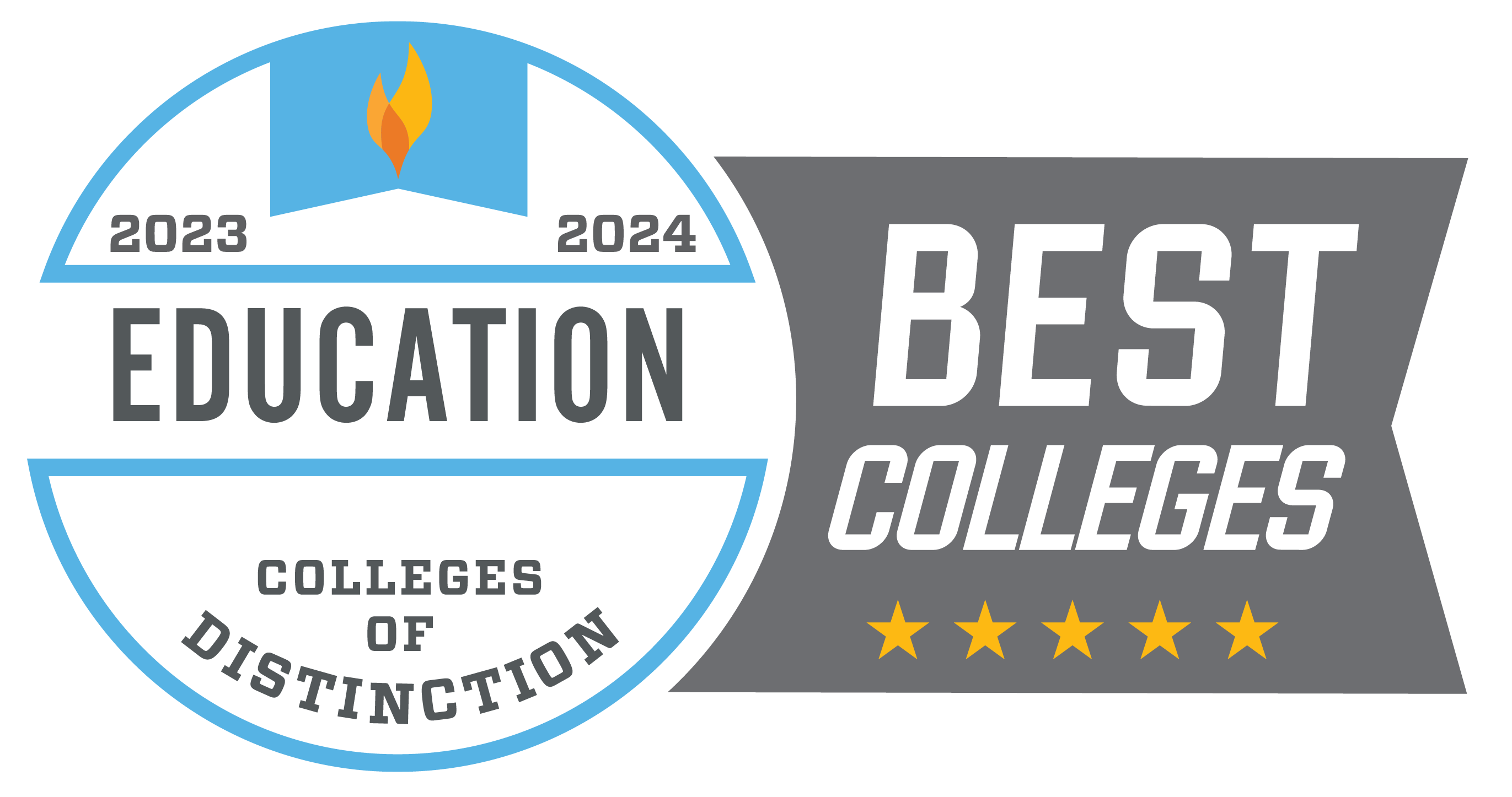
Program Director
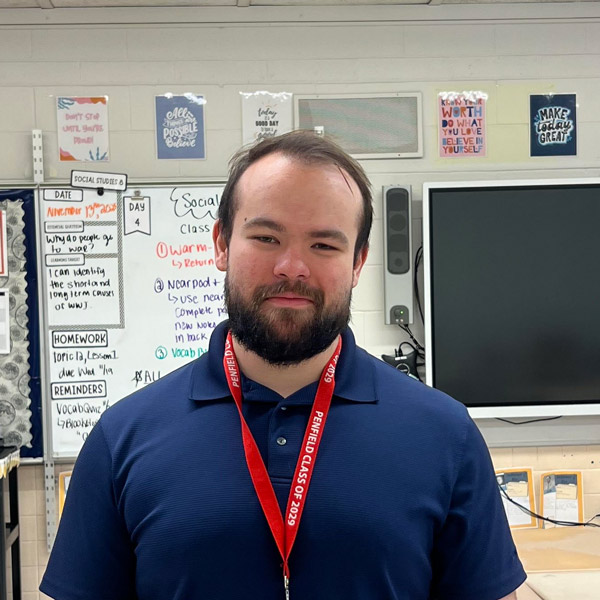
Alumni Spotlight
“Being dual certified played a massive role in being prepared and allowed me to transition directly into my current role as a special education teacher who specializes in social studies. I teach multiple self-contained classes and co-teach social studies. I would tell a prospective student that if you want a smaller tight-knit community, Naz is a much better option than many. I loved knowing many people on campus and having a reasonable amount of people in all of my classes.”
— James Gardner ’24, history and special education teacher